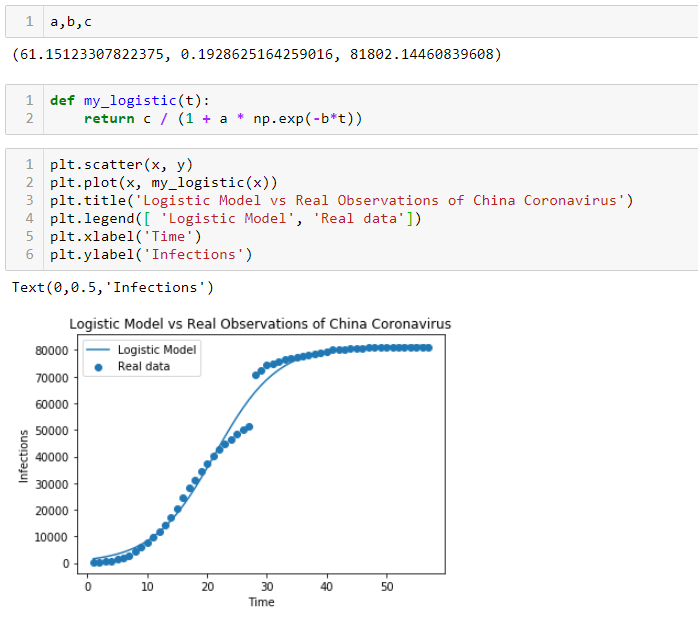

Garcia CV, Woodard P, Titus S, Adamowicz W, Lee B (1995) A logit model for predicting the daily occurrence of human caused forest-fires. Environ Conserv 24:38–49įinney MA (2007) A computational method for optimising fuel treatment locations.


Environ Model Soft 25:199–208įielding AH, Bell JF (1997) A review of methods for the assessment of prediction errors in conservation presence/absence models. Landsc Ecol 21:747–762ĭlamini WM (2010) A Bayesian belief network analysis of factors influencing wildfire occurrence in Swaziland. Landsc Ecol 19:731–745ĭickson BG, Prather JW, Xu Y, Hampton HM, Aumack EN, Sisk TD (2006) Mapping the probability of large fire occurrence in northern Arizona, USA. J Catastrophol 4:118–123 (in Chinese)ĭíaz-Delgado R, Lloret F, Pons X (2004) Spatial patterns of fire occurrence in Catalonia, NE, Spain. Fire Saf Sci 12:238–244 (in Chinese)ĭi LY, Sun RY (2007) Summarization of research on forest fire in China. Eur J For Res 130:983–996ĭeng XW, Wen DY, Deng SW (2003) A preliminary study of the relationship between forest fire and landscape pattern. Photogramm Eng Remote Sens 67:73–81ĭel Hoyo VL, Martín Isabel M, Martínez Vega F (2011) Logistic regression models for human-caused wildfire risk estimation: analysing the effect of the spatial accuracy in fire occurrence data. Remote Sens Environ 92:363–369ĭe Vasconcelos MJP, Silva S, Tome M, Alvim M, Pereira J (2001) Spatial prediction of fire ignition probabilities: comparing logistic regression and neural networks. Int J Wildland Fire 18:430–441ĭe la Riva J, Perez-Cabello F, Lana-Renault N, Koutsias N (2004) Mapping wildfire occurrence at regional scale. For Ecol Manag 254:445–453Ĭhuvieco E, González I, Verdú F, Aguado I, Yebra M (2009) Prediction of fire occurrence from live fuel moisture content measurements in a Mediterranean ecosystem. Int J Wildland Fire 16:34–44Ĭhang Y, He HS, Hu Y, Bu R, Li X (2008) Historic and current fire regimes in the Great Xing’an Mountains, northeastern China: implications for long-term forest management. Int J Wildland Fire 18:921–931Ĭhang Y, He HS, Bishop I, Hu Y, Bu R, Xu C, Li X (2007) Long-term forest landscape responses to fire exclusion in the Great Xing’an Mountains, China. Landsc Urban Plan 100:169–176Ĭatry FX, Rego FC, Bação FL, Moreira F (2009) Modeling and mapping wildfire ignition risk in Portugal. Chin Geo Sci 20:491–497Ĭarmo M, Moreira F, Casimiro P, Vaz P (2011) Land use and topography influences on wildfire occurrence in northern Portugal. It was found that forest fuel treatments should be focused on the Great Xing’an Mountains.Īvila-Flores D, Pompa-Garcia M, Antonio-Nemiga X, Rodriguez-Trejo D, Vargas-Perez E, Santillan-Perez J (2010) Driving factors for forest fire occurrence in Durango State of Mexico: a geospatial perspective. The fire ignition probability map can be easily used to prioritize areas for vigilance, to make decisions on allocating firefighting resources, and to select vulnerable spots for forest fuel treatments. In the case of anthropogenic fires, vegetation types and human activity as indicated by distances to roads and settlements combined with suitable meteorological conditions (e.g., daily mean humidity) are the main driving factors. Climatic variables (e.g., average annual mean temperature and precipitation) and meteorological conditions (e.g., daily minimum temperature, daily minimum humidity, daily mean humidity, and mean wind speed) are the main determinants of natural forest fires. Results showed fire ignition prediction through logistic regression had good accuracy. In this paper, we chose easily obtained spatial variables pertaining to topography, vegetation types, meteorological conditions, climate, and human activity to predict forest fire ignition in Heilongjiang province, China, using logistic regression. Prediction of forest fire ignition may aid in forest fire vigilance and monitoring, and in prioritizing forest fuel treatments.


 0 kommentar(er)
0 kommentar(er)
